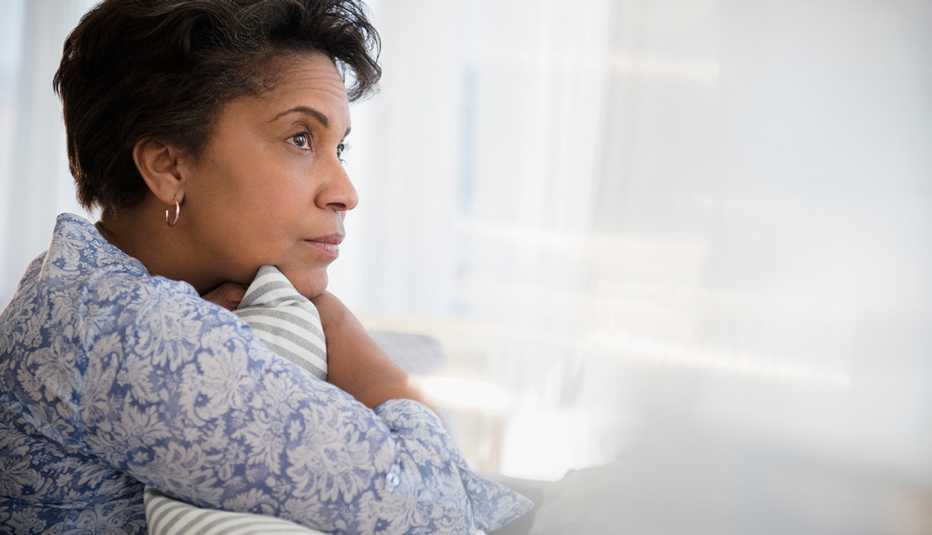AARP Hearing Center


When you are suffering from constant pain, it interferes with your sleep, your daily function and your ability to do the things you enjoy — so perhaps it’s not surprising that chronic pain can cause depression.
But the opposite is also true: If you’re depressed, you are at higher risk of developing chronic pain.
In one study published in the Archives of General Psychiatry, researchers looked at data from 18,980 people and discovered that 43 percent of those with major depression also suffered from chronic pain, compared with only 17 percent of those who weren’t depressed.
It’s only in recent years that scientists have started to realize just how tightly depression and chronic pain are intertwined, says internist Kurt Kroenke, a professor and pain researcher at Indiana University. “If you have one, it is quite common to suffer from the other,” he says. “It can be hard to know where one begins and the other ends.”
About 30 to 50 percent of those with chronic pain also have depression, he says.
Not long ago, Vera Schtakleff, 81, of Torrance, Calif., was one of them. A failed surgery had left her with an aching knee, and arthritis caused pain to radiate into her back when she walked. What's more, the physical demands of caring for her ailing husband made her back pain worse, with the pain only becoming more severe, she says, after her husband died eight years ago.
“I had headaches and my whole body ached — my back, my knee, my shoulders — everything hurt,” she recalls. “It got so bad that I couldn’t do the things I enjoyed. I just wanted to sleep all day.”


































































More From AARP
Managing Pain From Surgery
Tips for keeping pain under control in the hospital and at home
The Best Exercises for Achy Backs, Knees, Hips and More
We asked physical therapists for their pain-busting stretching and strengthening moves7 Habits Causing Your Lower Back Pain
Making a few tweaks to your routine (or diet) might alleviate lots of discomfort